Yuki Nagahama
Interactive zoom display in smartphone-based digital holographic microscope for 3D imaging
Jun 06, 2024Abstract:Digital holography has applications in bio-imaging because it can simultaneously obtain the amplitude and phase information of a microscopic sample in a single shot, thus facilitating non-contact, noninvasive observation of the 3D shape of transparent objects (phase objects, which can be mapped with the phase information,) and moving objects. The combination of digital holography and microscopy is called digital holographic microscopy (DHM). In this study, we propose a compact and inexpensive smartphone-based DHM system for 3D imaging; this system includes an optical system comprising a 3D printer using commercially available image sensors and semiconductor lasers; further, an Android-based application is used to reconstruct the holograms acquired by this optical system, thus outlining the amplitude and phase information of the observed object. Also, by utilizing scalable diffraction calculation methods and touchscreen interaction, we implemented zoom functionality through pinch-in gestures. The study results showed that the DHM system successfully obtained the amplitude and phase information of the observed object via the acquired holograms in an almost real time manner. Thus, this study showed that it is possible to construct a low cost and compact DHM system that includes a 3D printer to construct the optical system and a smartphone application to reconstruct the holograms. This system is also expected to contribute to biology fieldwork and pathological diagnosis in remote areas.
Computational ghost imaging using deep learning
Oct 19, 2017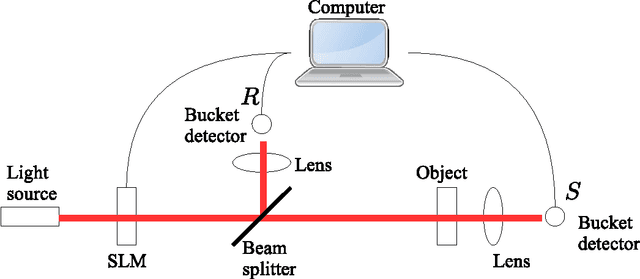


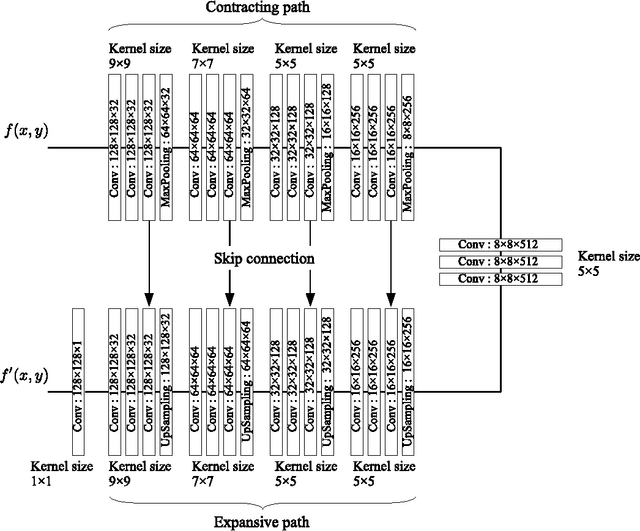
Abstract:Computational ghost imaging (CGI) is a single-pixel imaging technique that exploits the correlation between known random patterns and the measured intensity of light transmitted (or reflected) by an object. Although CGI can obtain two- or three- dimensional images with a single or a few bucket detectors, the quality of the reconstructed images is reduced by noise due to the reconstruction of images from random patterns. In this study, we improve the quality of CGI images using deep learning. A deep neural network is used to automatically learn the features of noise-contaminated CGI images. After training, the network is able to predict low-noise images from new noise-contaminated CGI images.
Deep-learning-based data page classification for holographic memory
Jul 02, 2017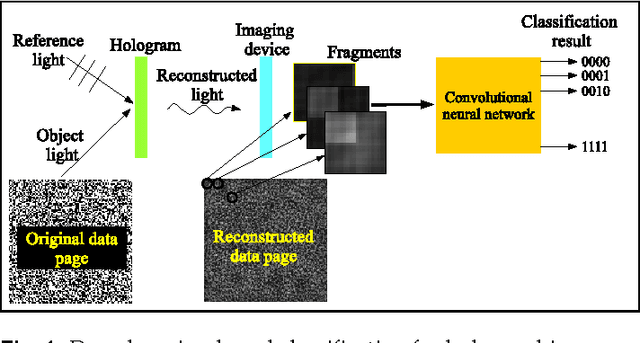
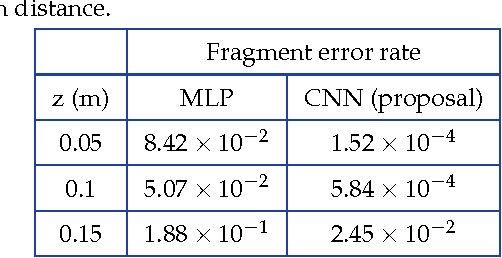
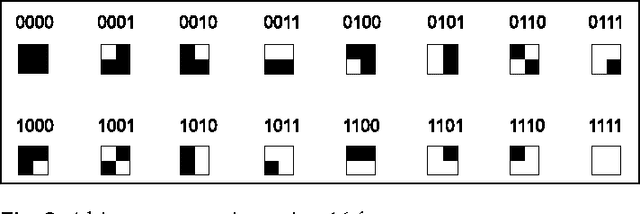
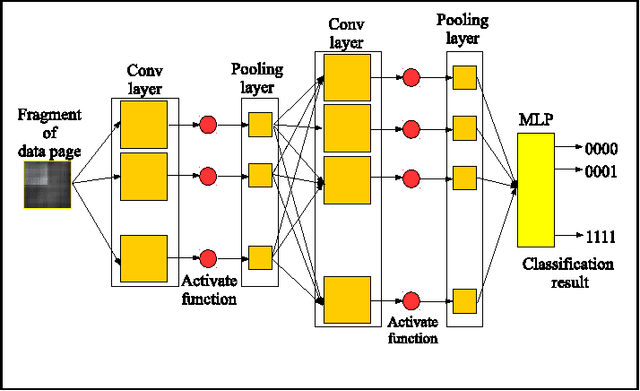
Abstract:We propose a deep-learning-based classification of data pages used in holographic memory. We numerically investigated the classification performance of a conventional multi-layer perceptron (MLP) and a deep neural network, under the condition that reconstructed page data are contaminated by some noise and are randomly laterally shifted. The MLP was found to have a classification accuracy of 91.58%, whereas the deep neural network was able to classify data pages at an accuracy of 99.98%. The accuracy of the deep neural network is two orders of magnitude better than the MLP.
Autoencoder-based holographic image restoration
Dec 12, 2016

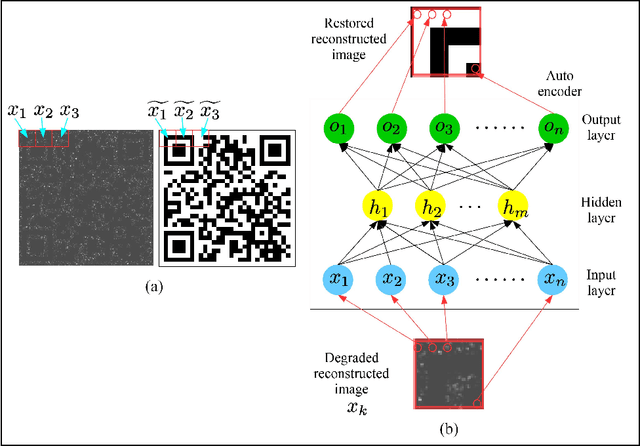
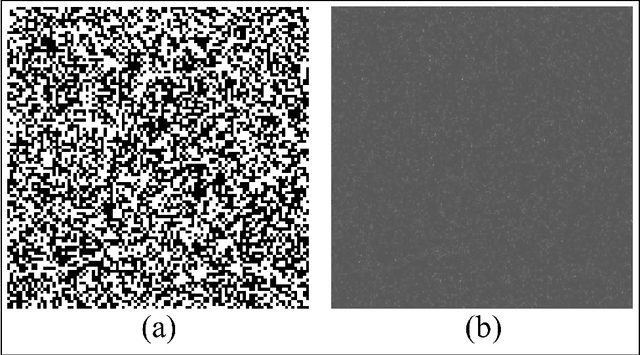
Abstract:We propose a holographic image restoration method using an autoencoder, which is an artificial neural network. Because holographic reconstructed images are often contaminated by direct light, conjugate light, and speckle noise, the discrimination of reconstructed images may be difficult. In this paper, we demonstrate the restoration of reconstructed images from holograms that record page data in holographic memory and QR codes by using the proposed method.
 Add to Chrome
Add to Chrome Add to Firefox
Add to Firefox Add to Edge
Add to Edge